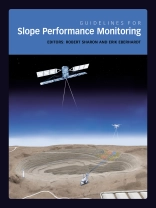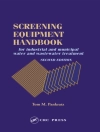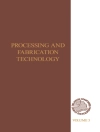Although most mining companies utilise systems for slope monitoring, experience indicates that mining operations continue to be surprised by the occurrence of adverse geotechnical events. A comprehensive and robust performance monitoring system is an essential component of slope management in an open pit mining operation. The development of such a system requires considerable expertise to ensure the monitoring system is effective and reliable.
Written by instrumentation experts and geotechnical practitioners, Guidelines for Slope Performance Monitoring is an initiative of the Large Open Pit (LOP) Project and the fifth book in the Guidelines for Open Pit Slope Design series. Its 10 chapters present the process of establishing and operating a slope monitoring system; the fundamentals of pit slope monitoring instrumentation and methods; monitoring system operation; data acquisition, management and analysis; and utilising and communicating monitoring results. The implications of increased automation of mining operations are also discussed, including the future requirements of performance monitoring.
Guidelines for Slope Performance Monitoring summarises leading mine industry practice in monitoring system design, implementation, system management, data management and reporting, and provides guidance for engineers, geologists, technicians and others responsible for geotechnical risk management.
Daftar Isi
Preface and acknowledgements
1: Scope and introduction
2: Overview of slope monitoring
3: Monitoring methods and instruments
4: Monitoring requirements, limitations and applications
5: System support and operation: practical aspects
6: Data acquisition, transmittal, validation and management
7: Data analysis and utilisation
8: Data utilisation and communications
9: Monitoring for small operations, tailings facilities, waste dumps and other infrastructure near open pits
10: Monitoring system guidance, innovation and future applications
Glossary
References
Index
Tentang Penulis
Erik Eberhardt has more than 25 years of experience in rock slope engineering and holds a Ph D in Geological Engineering from the University of Saskatchewan. He is currently the Director of the Geological Engineering program at the University of British Columbia and a professor of Rock Mechanics and Rock Engineering where he specialises in rock mass characterisation, geotechnical monitoring and advanced numerical modelling. Widely published, he received the 2013 Canadian Geotechnical Society’s John A. Franklin Award for outstanding technical contributions to rock mechanics and rock engineering, and the 2017 Thomas Roy Award for outstanding contributions to engineering geology.












